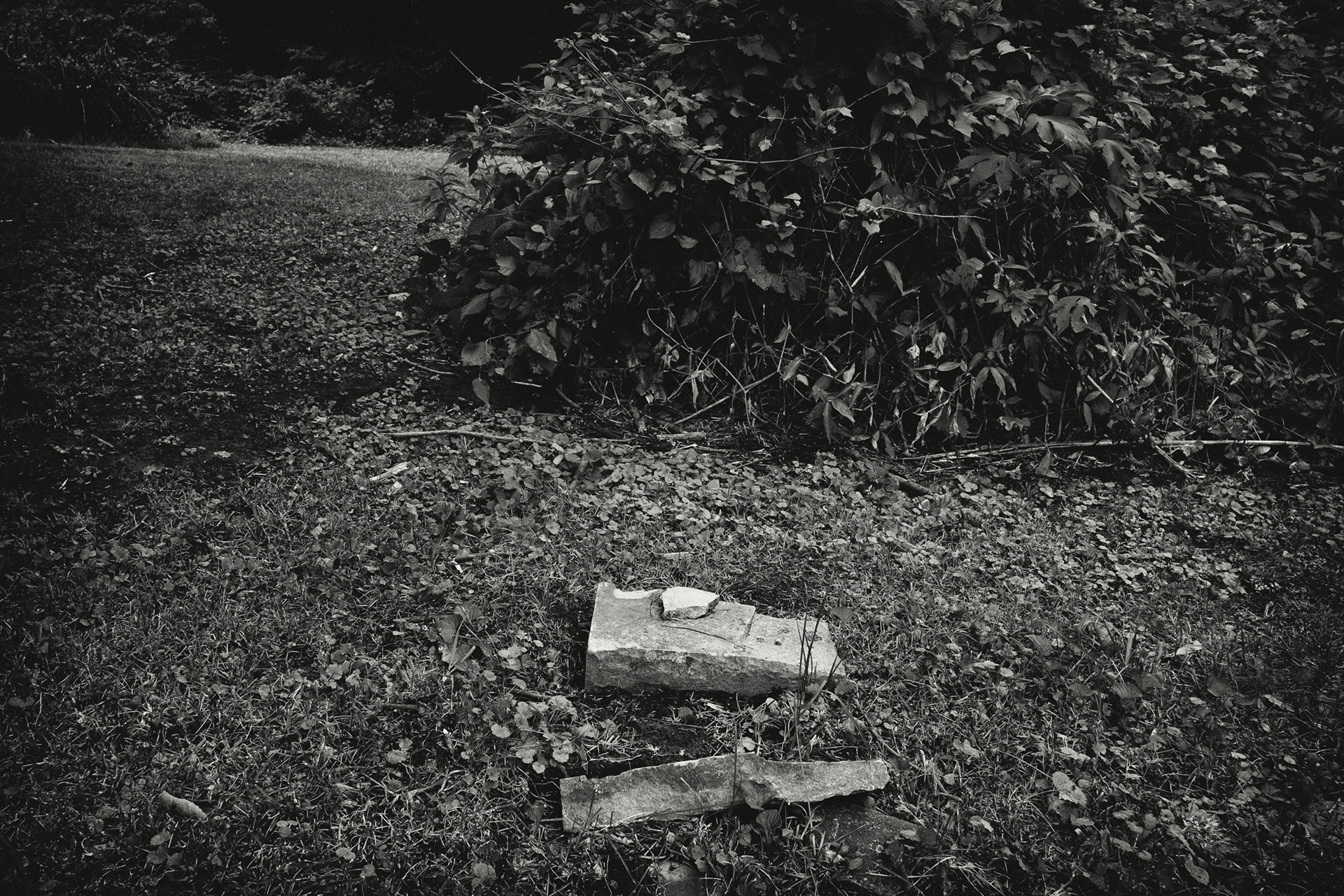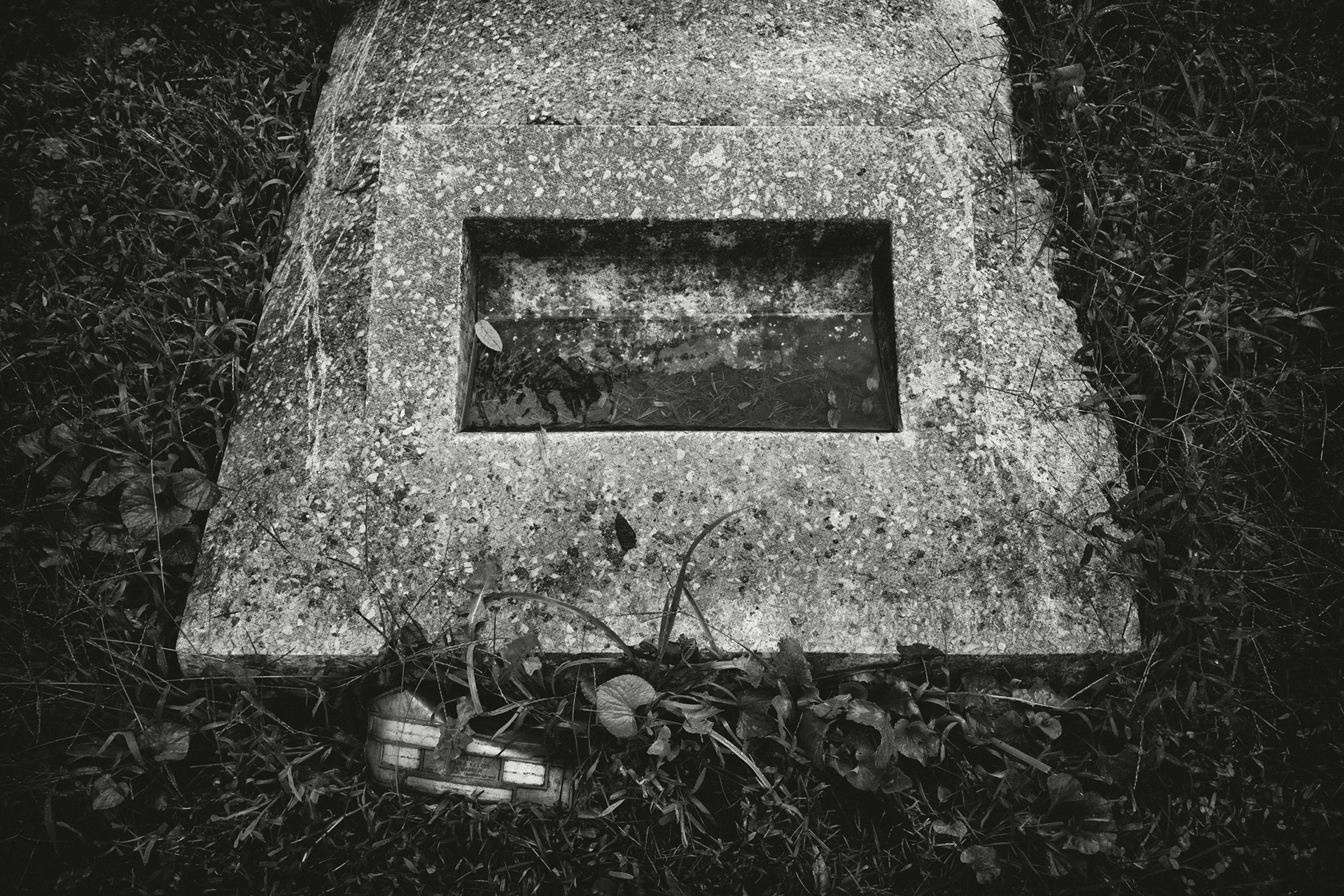Both cemeteries and photography are products of the 1830s. In America, the modern cemetery did not exist before 1831. In Europe, photography followed with the daguerreotype as the first viable photographic process in 1839. Since then, photography has held a symbiotic relationship with death — either out of necessity due to limited photographic means, scientific inquiry, or the need to depict social events. Images of post-mortem subjects, war, entropy, and the idea of capturing a vaporous moment have helped shape the essence of what photography has become. When a photographer is perceptive enough to realize a fleeting moment, they recognize that presence is soon to become an absence — they are pre-visualizing the death of an explicit or implicit event. Such a moment, destined to memory and the resulting photograph, a testament or memorialization to its once existence. However, it is important to note that memories are ephemeral and this secures the role of the photograph as a necessity in our daily lives. We use certain tropes of vernacular when soothing a grief-stricken friend, an example is saying the person they lost will live on in their hearts. This may well be true — as long as they are alive to prevail the memory of the departed. This is where Geomancy begins; with the questions and mysteries surrounding those who presumably, there are no longer living witnesses.
Geomancy was created during a residency with the Albrecht-Kemper Museum of Art.

